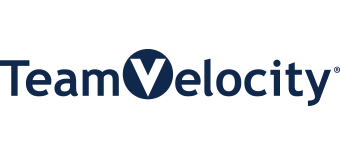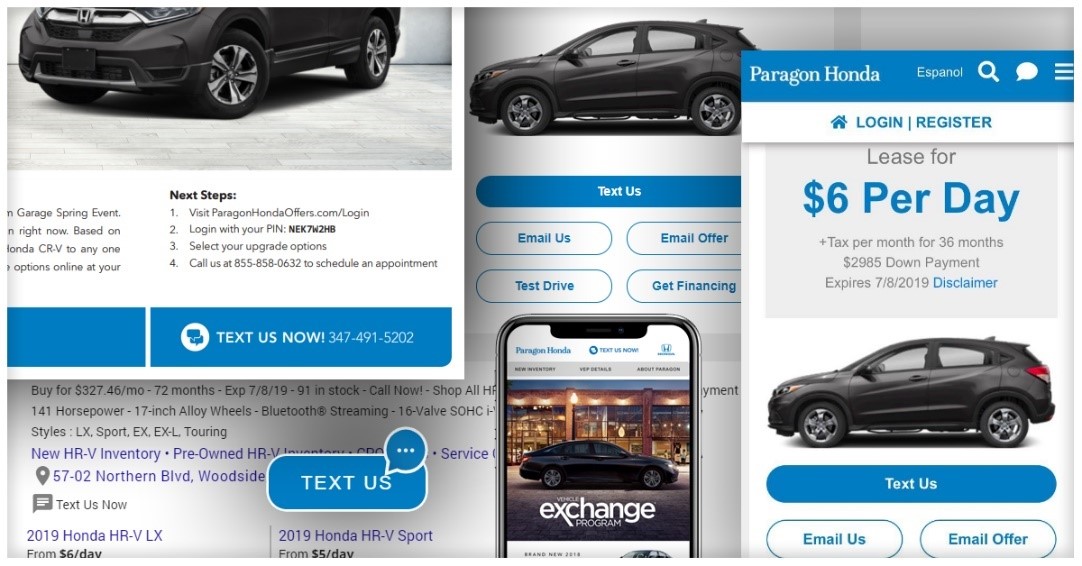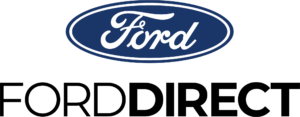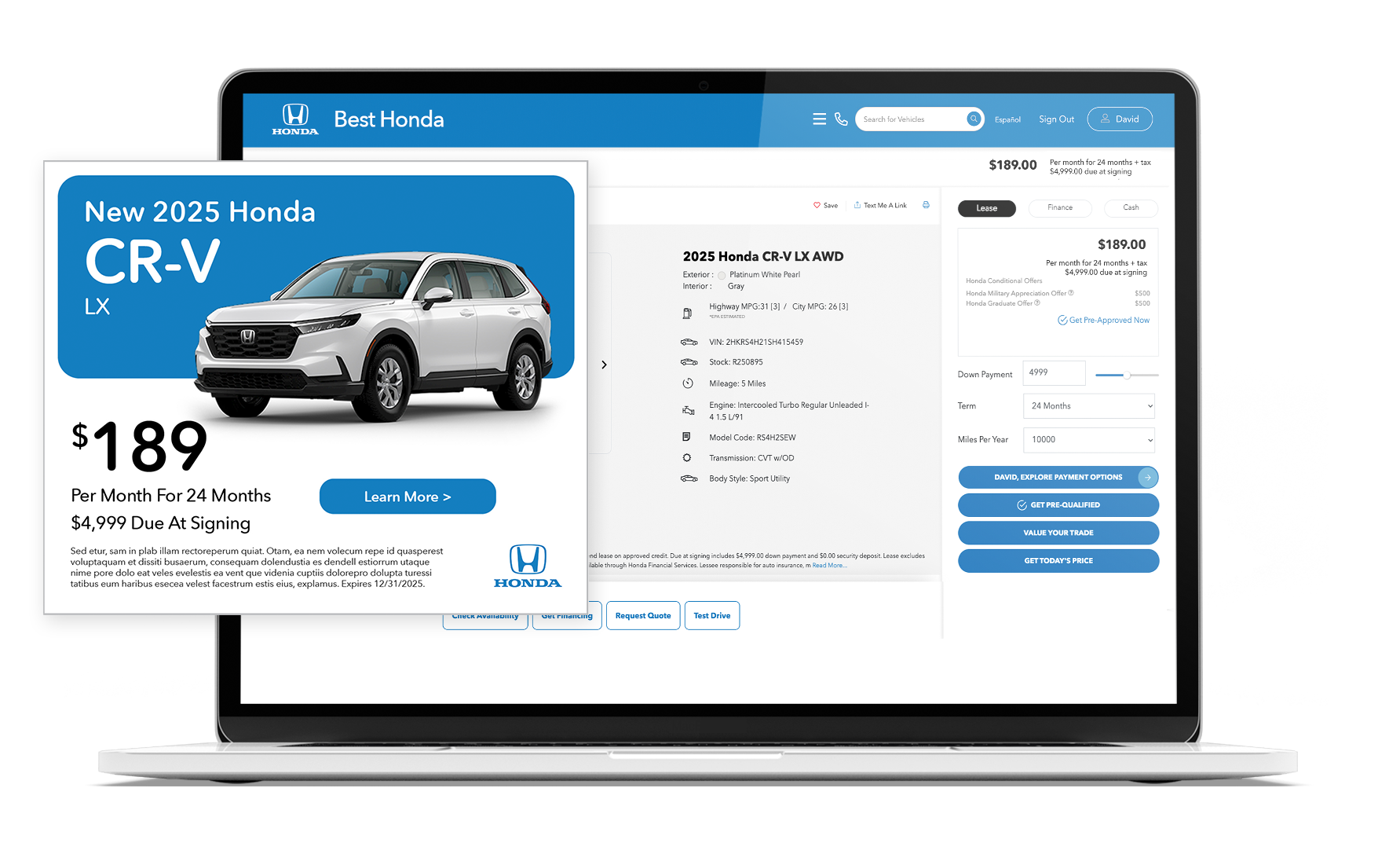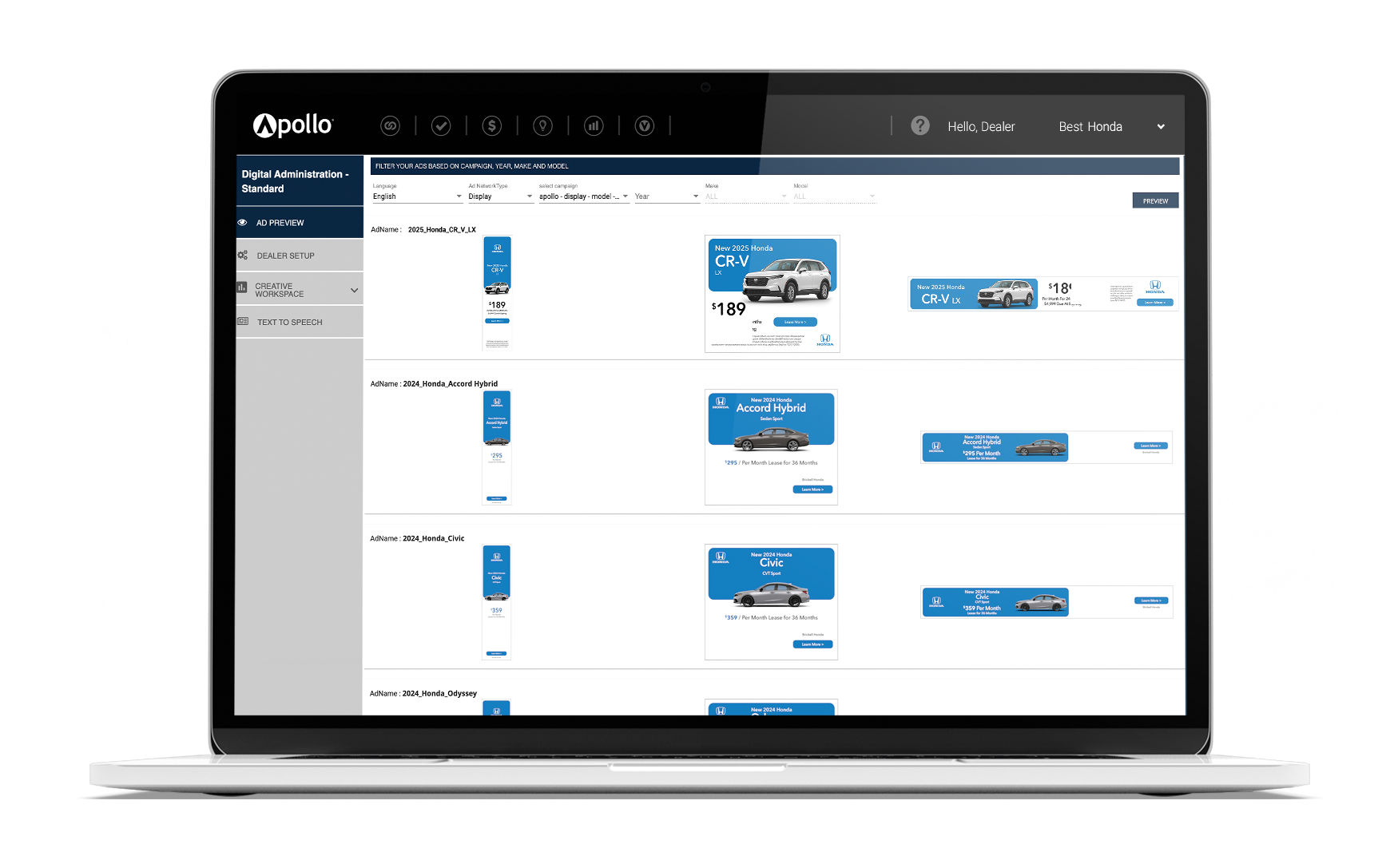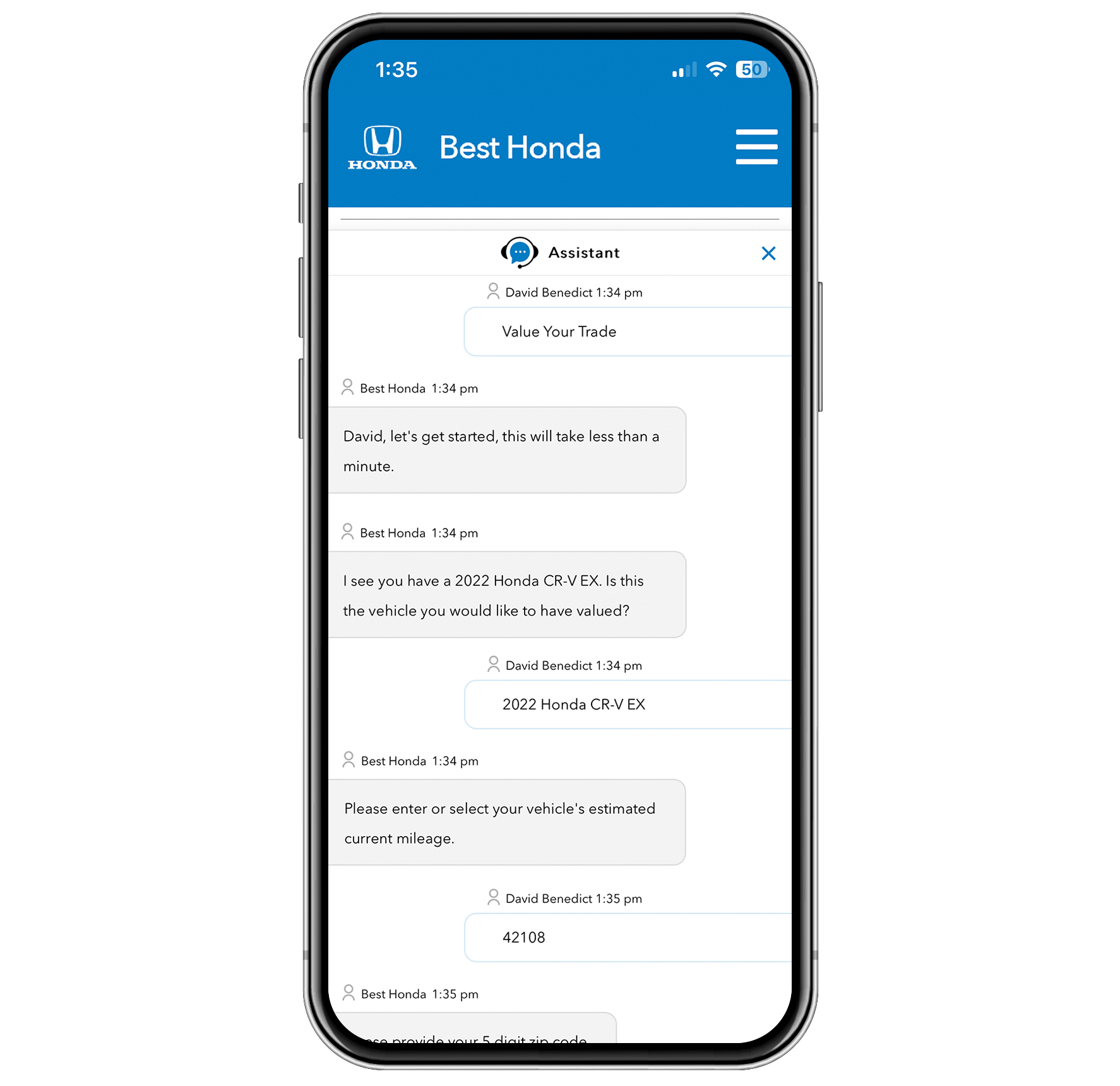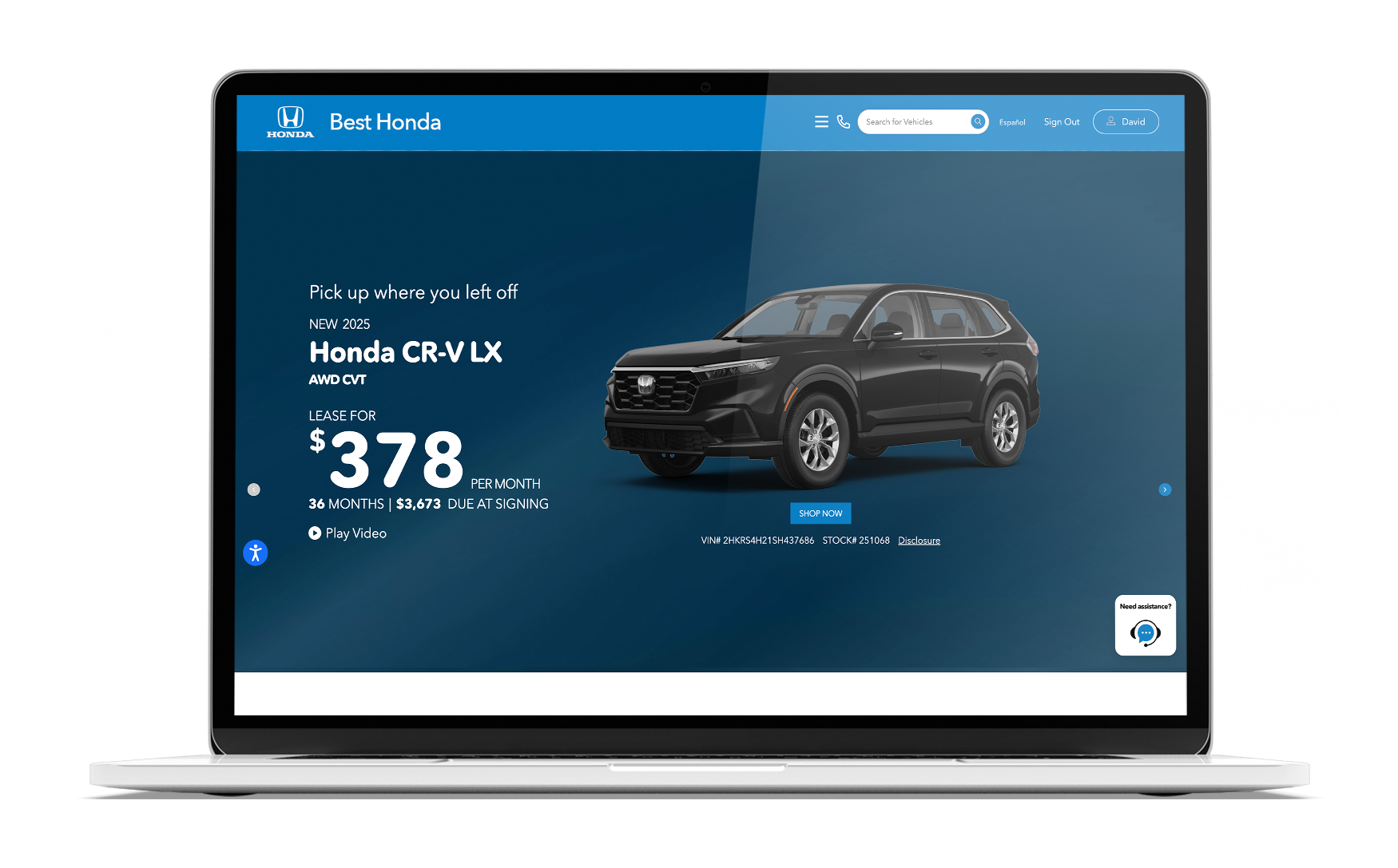Out of the Red and into the Black
Rocky Mount Toyota turns its future around after new leadership and fresh ideas return the store to profitability.
At first glance, the odds seemed stacked against Brent Mattingly’s dealership as he took over as general manager last year:
- The underperforming store had been losing money and severely lacking in vision and leadership
- The surrounding area is made up of a small, lower-income market
- A renovation was in the future, but that meant working out of old and temporary buildings for more than a year
Despite these challenges, Mattingly and his team at Rocky Mount Toyota, located in Rocky Mount, North Carolina, have not only stopped the financial bleeding but are on track to be in the black to the tune of seven figures by the end of the year. The store, previously known as Bobby Murray Toyota, was purchased in August 2016 and became the 13th store in the Hudson Auto Group. Mattingly, who had been working as a GM in Southern Indiana, was brought on board. He knew he had some work ahead of him, but he also saw the potential.
Taking Stock of the Situation
“When we purchased the store, it was basically like being a dealership brand in 1983,” Mattingly said.
“The dealership was out of touch with what the market demanded. In a little under a year and a half’s amount of time we’ve been able to move it to the modern way of doing business.”
There were three areas Mattingly and his team knew they had to focus on to successfully modernize the dealership: leadership, processes and training. The new management team believed that the difficulties the dealership faced came from a lack of vision from the top rather than problems with the staff. With a plan set in place, everyone was able to keep their jobs in the transition.
“Everybody had just been so used to not having any leadership — any accountability measures or processes,” Mattingly said. “And the previous owners didn’t invest in the people or the facilities. They didn’t give them the training. They didn’t give them the tools they needed to have for them to be able to succeed individually, along with having the team succeed. So, when we purchased the store, that was our first initiative — to give people the skill sets that they need to be able to do their job to the level that was required by today’s market.”
The first step toward profitability was getting everyone on the same page of running a successful dealership on a day-to-day basis. “The biggest change occurred when we went in and installed processes, and made people accountable for those processes,” Mattingly said. “When we first took over the store, there were 50 employees, and there were 50 different processes. Everybody just kind of did what they saw fit and what they felt best suited them. We came in and streamlined everything and put everybody on the same processes. Everybody knew what they were expected to do each day.”
The results? “From Day One, our staff instantly increased the volume and revenue of the store. Everybody’s made it a complete success.”
Mattingly also knew that investing in training his people would make a huge difference in both the store’s profitability and his team’s personal and professional development and enjoyment of their work. “We did a lot of in-house training,” he said. “Just a lot of daily, every-situation training — every deal, every service customer, everything. We did constant all-day-long training for months and months. And we got buy-in from our people once they saw that this was working and making their job not only easier but also making it more rewarding for them. That led to instant buy-in.”
One Message, One Goal
No matter how well the staff prepared, though, the dealership’s leaders knew that getting the word out to the surrounding market was crucial to building a successful business. Although the dealership was well known by customers in the area — at 30 years, it was one of the longest-running dealerships in the region — its marketing had lagged behind. Rocky Mount Toyota’s message needed to be refreshed and reimagined.
After searching for a marketing partner, Mattingly’s team chose Team Velocity to build their branding and advertising platform for the new era. “With Team Velocity, we’re doing our vehicle exchange program through them, along with direct mail, email blasts, social media marketing, search engine optimization, and other work to build a heavy digital presence,” Mattingly said. “It works well together because it’s such a consistent message over all the platforms. Once a customer’s seen the message digitally, they’re seeing it in their mailbox, they’re seeing it on signs at the dealership. Even the receptionist answers the phone, ‘Are you calling about the vehicle exchange program?’ It’s a consistent message through all points of contact.”
Not only has the marketing become more effective, but it’s allowed the leadership, sales and service staffs to concentrate on what they do best: serving their customers. “It’s really simplified the process, and it’s put everybody on the same page,” Mattingly said. “It’s a streamlined approach; instead of having all these vendors and all these different people doing their own thing, they’re doing everything for us, and we’re able to pull together with that consistent message, rather than changing the formula every month as some places do.”
And that marketing has to be effective if the dealership is going to survive and grow. Rocky Mount, located about 50 miles outside of Raleigh, North Carolina, is a small, lower-income area, where credit scores are often challenging to work with. “It’s a very tough market that a lot of people have given up on,” Mattingly said. “But it’s one that we’re growing in and should flourish in. We’ve had to be very aggressive. Southeast Toyota has some programs for loyalty and conquest customers, and we maximize every opportunity that comes in. We want to find a way to help every customer who comes in to buy a car. We analyze every customer and every situation individually.”
Service During Construction
In any modern dealership, the service department is essential for not only repairing and maintaining customer vehicles but for maintaining a future relationship with that customer as well. Rocky Mount Toyota is in the finishing stages of constructing a state-of-the-art facility, but that has led to its own set of challenges, especially for its service department.

“Service probably has one of the messiest situations in the dealership right now,” Mattingly said. The new facility is being built on the existing property, so things have had to be shifted around as space permits until construction is completed in February 2018. “Our service write-up department is currently in our showroom,” he said. “We have to shuttle the cars to a separate building to do service. We’ve been playing a shell game and moving stuff around consistently while construction goes on.”
What’s surprising? “We’re actually growing during this period of time,” Mattingly said. “We’ve been able to grow customer PROs, warranty ROs and complete all of our ROs, even as our competitors have really come after us through their own forms of marketing, trying to steal our customer base.”
One of the elements that Mattingly credits with keeping Rocky Mount’s service department afloat and thriving is Team Velocity’s marketing efforts. “They’ve helped us keep our customer base by constantly reaching out to a perfect target mix of customers within our community,” he said. “They’re going through conquest customers, they’re going through loyalty customers, they’re going through our marketing tendered customers. We’re able to bring them in, and if a customer hasn’t come in a while, they get a more aggressive offer than a customer who is routinely coming back to us.”

Rocky Mount Toyota uses Team Velocity Apollo Technology Platform® to manage integrated marketing campaigns for sales, service and equity mining. Apollo automatically generates and deploys campaigns across mail, email and digital advertising, offering consistent messaging and branding, and provides a Web-based dashboard to track results in real-time.
Once the customers are in, the processes that Mattingly’s team put in place come into effect to give each customer a complete service experience “We have a service manager T.O. every customer in the service department, presenting menus and presenting all their options,” he said. Add to this the vehicle exchange program put into place in the service department, and the dealership has maximized this valuable profit center.
New Facility, Fresh Vision
While servicing customers in a construction zone has its challenges, Mattingly knows it will all be worth it when it’s complete. “Moving into a state-of-the-art facility will simplify a lot of things,” he said. “We’ve been growing during construction, and we’ll have the newest, nicest facility in the community, so that should gain us more business, as well. We’re looking forward to the future, and we’re committed to serving our customers and maintaining and increasing our growth and our profitability.”
Learn more about Rocky Mount Toyota and the strategies outlined in this article:

